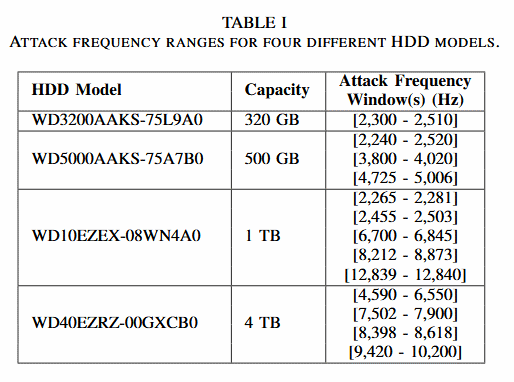The computer process that generates each coin is said to be on pace to require more electricity than the United States consumes in a year. This bitcoin “mining” allegedly consumes more power than most countries use each year, and its electricity usage is roughly equivalent to Bulgaria’s consumption.
But here’s another thing you might want to know: All of that analysis is based on a single estimate of bitcoin’s power consumption that is highly questionable, according to some long-time energy and IT researchers. Despite their skepticism, this power-consumption estimate from the website Digiconomist has quickly been accepted as gospel by many journalists, research analysts and even billionaire investors.
[…]
Several energy experts caution that there is currently no reliable, verifiable way to measure just how much electric power is consumed in the process of minting the cryptocurrency. They say the first step is gathering hard data from the data centers, and no one has done that work yet.“Many of those calculations that you see today I think are based on very weak assumptions,” said Christian Catalini, an assistant professor at the MIT Sloan School of Management who studies blockchain technology and cryptocurrencies.
Source: No, bitcoin isn’t likely to consume all the world’s electricity in 2020

